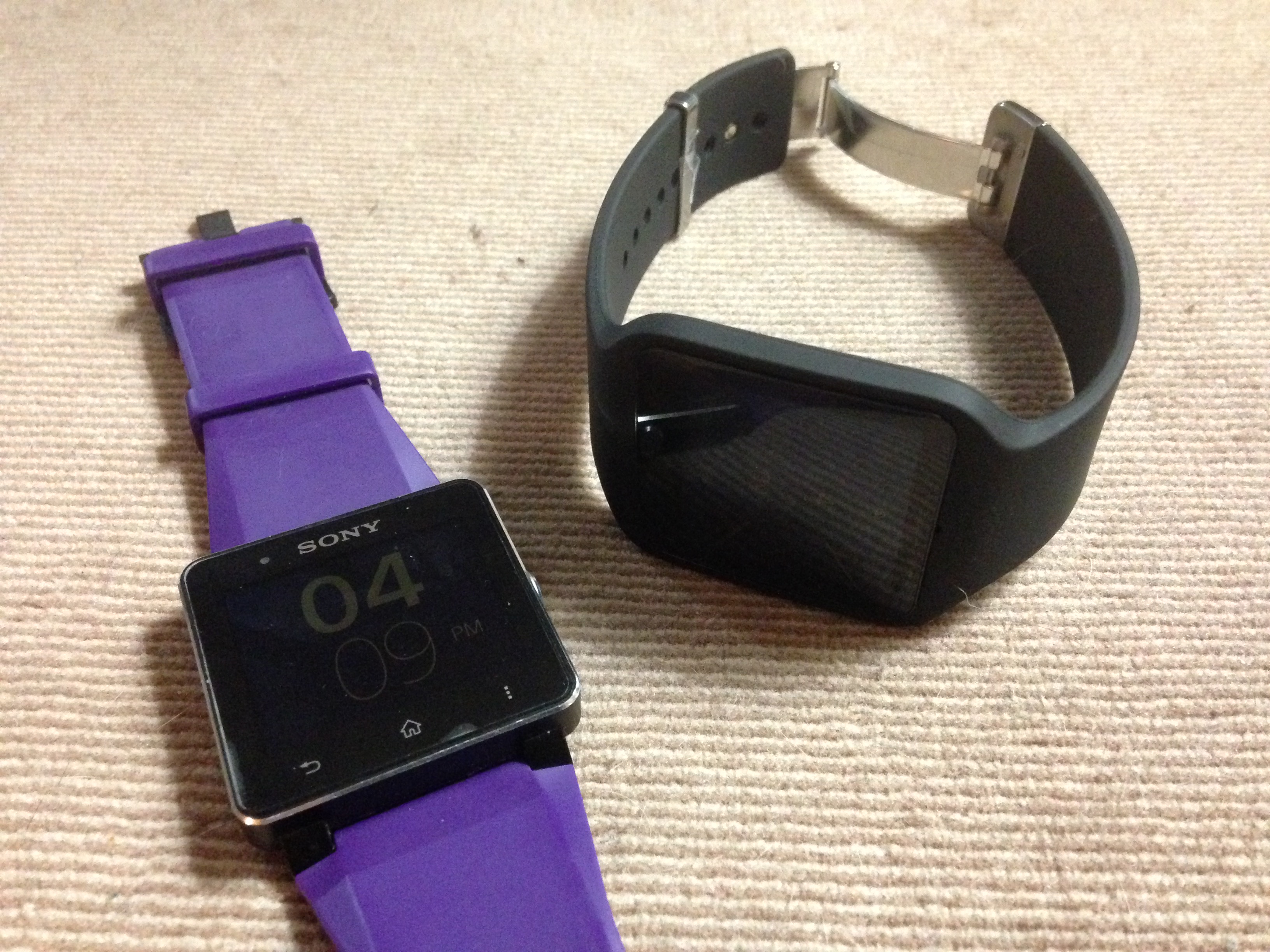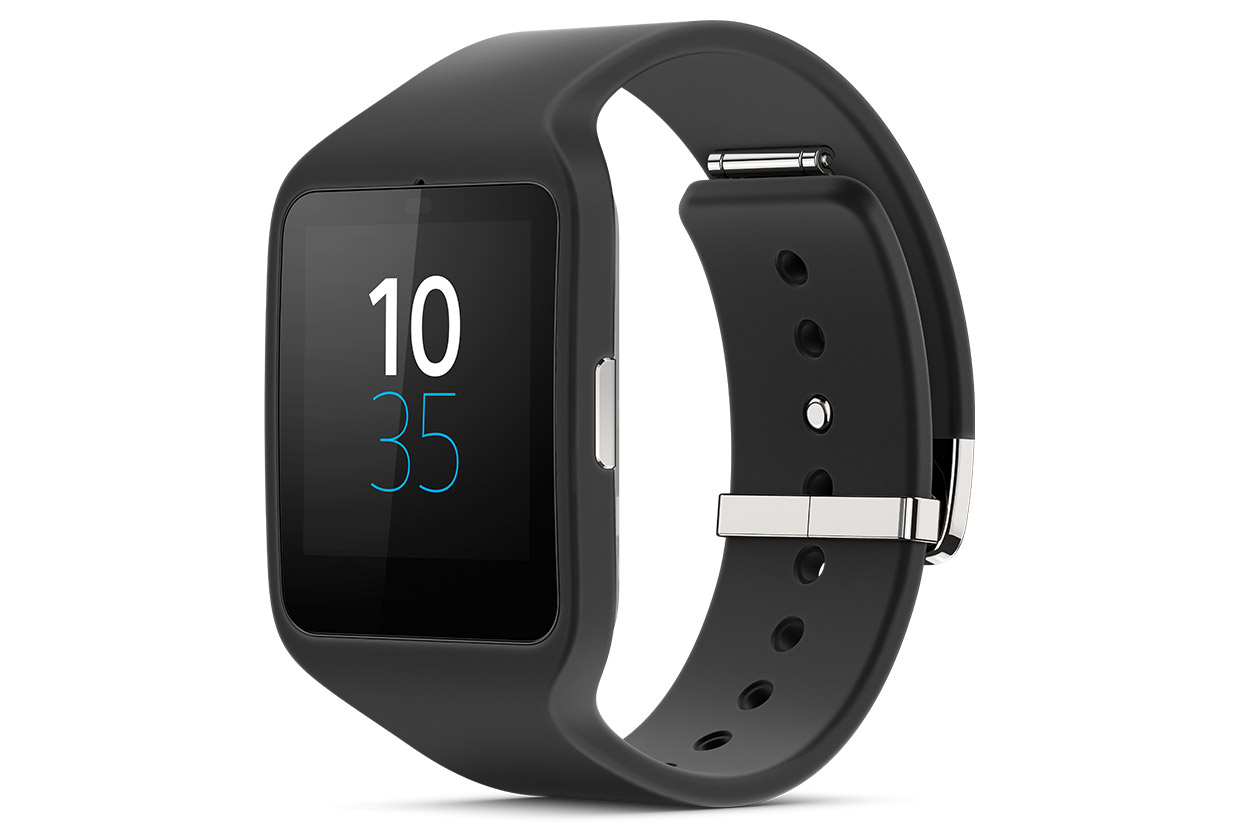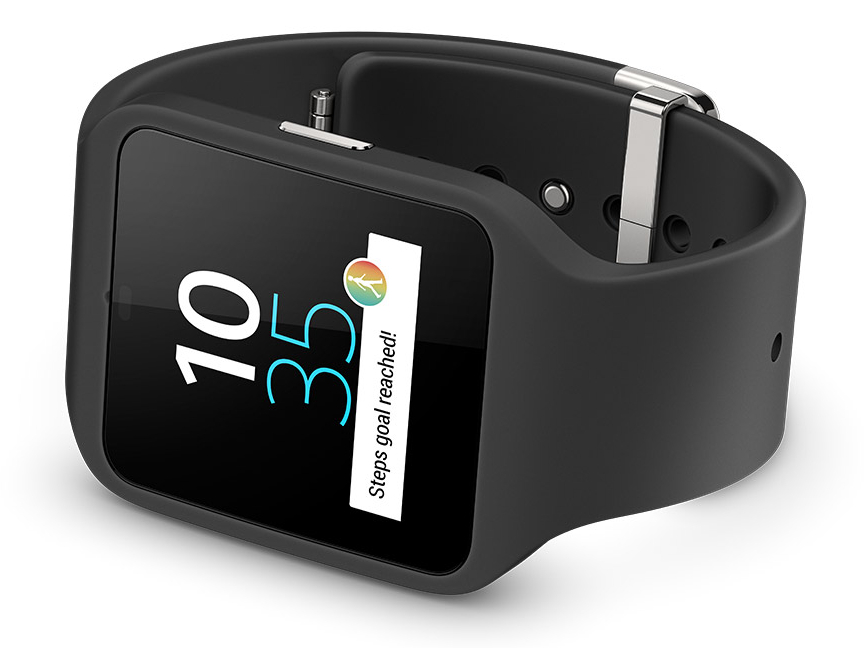Hands-On: Sony SmartWatch 3
Sony recently offered Tom's Hardware the chance to check out the latest model in the company's SmartWatch portfolio. Unlike the former model, the new SmartWatch 3 comes packed with Android Wear, Google's smart device operating system that launched just a few short months ago. Is that a bad thing or a good thing? That's what we are here to find out.
Last year, we took a look at the SmartWatch 2 and liked it, enough so that I purchased a unit of my own. I've been using it in my daily routine ever since, but now that I have the SmartWatch 3 in my hands, the experience is like night and day. What's amazing is how one year has changed the SmartWatch line from a neat tool to a smart device. For that, you can thank both Google and Sony.
In addition to the hardware, the biggest change from SmartWatch 2 to SmartWatch 3 is in the operating system. The second-gen model is based on a custom Linux platform that looks like a small tablet interface. There are Home, Back and Menu buttons, and a smartphone-like Home screen where you can scroll left and right to access the installed apps.
The SmartWatch 3 doesn't have these buttons. Instead, Android Wear depends on cards. For instance, my Android phone will push Dead Trigger 2 notifications to the watch. To access, I simply swipe up on the face to read, and swipe to the right to dismiss. Notifications can include text messages, app messages, caller information and more. The SmartWatch 2 is limited on the kind of push notifications it can display.
So what's under the hood? For starters, the device sports a 1.6-inch screen with a 320 x 320 resolution. By comparison, the second-gen model has a 1.6-inch screen with a 220 x 176 resolution. Despite the new model's higher resolution, I can't say I'm a big fan of the screen at its default setting. Some of the text is just too small and may require users to dig into the settings to jack up the font size a bit.
To access the settings, users merely swipe down from the top just like they would on a larger Android device. Here users can turn on/off the Mute feature, turn on/off the theater mode, and load up the Settings menu. This menu allows users to adjust the brightness, turn on/off the always-on screen function, turn on/off the location detection and more. Users can even reset the device and change the watch face. To leave a specific setting screen, just swipe it away with a finger.
Getting back to the actual hardware, the SmartWatch 3 is powered by a quad-core ARM A7-based chip clocked at 1.2 GHz. Also included is 512 MB of RAM, 4 GB of storage, Bluetooth 4.0 and NFC connectivity, and a microphone. Sensors include an accelerometer, a compass, a gyro, on-board GPS and ambient light sensing. The 420 mAh battery promises up to 2 days of normal use.
Get Tom's Hardware's best news and in-depth reviews, straight to your inbox.
What's important here is that SmartWatch 3 has a microphone, which enables users to speak commands directly to the device. That's a big change from SmartWatch 2, which doesn't offer a microphone or voice-based access to Google Now. With the newer model, for example, users can touch the screen when it's idle and say, "OK Google, show me the weather."
In addition to voice commands, there are loads of things the SmartWatch 3 can quickly do with just the touch of a finger. These include taking a note using the microphone, setting a reminder, showing how many steps you've taken for the day, emailing a friend, showing the agenda for the day, navigating to a specific destination and more. Users can even load up the internal storage and listen to their favorite tunes while out on a run.
The overall design of SmartWatch 3 isn't too shabby. The older SmartWatch2 model sports a square design with the three Android buttons on the front, the activation button on the right side and the microUSB 2.0 port on the left. The watch bands are removable, allowing users to change the type of band and color.
With the SmartWatch 3, Sony threw out the square design and went with a more rectangular watch face. This module can actually be pushed out and removed, allowing owners to change the entire enclosure and band to a different color. Right now, Sony has released white, hot pink and yellow colors (shown above), but I expect third parties will cash in on the new design with solutions of their own.
My big pet peeve about this device is where Sony planted the microUSB port. As I previously stated, the SmartWatch 2 version is located on the left. However, Sony has decided to cram this port onto the back of the SmartWatch 3 and next to the watch band. While this port is not bothersome as the watch is brushing against the user's wrist, the port's connected cap gets in the way when trying to charge the device. There's just not enough room for the port, the cap, the watch band and the microUSB connector.
That, it seems, is my only complaint with the SmartWatch 3.
Although the SmartWatch 3 has a few offline functions like playing music, much of the programming can be done through the Android Wear app. Here users can quickly change the background wallpaper and watch faces, set a timer, navigate with Google Maps Micro, start the stopwatch and so on. The app will also launch Google Play so that users can find additional apps to install on the watch such as Runtastic Pro, Vonage Mobile, Google Play Music and Hotels.com.
Ultimately, I love this watch, but I'm also saddened that my SmartWatch 2 is so obsolete. Sony made a huge attempt to recreate the smartphone interface with the second-generation model, and even added Android buttons to boot. However, the SmartWatch 3 isn't just an upgrade from the former model, but a rethinking of how a smart watch should be made. Of course, we can also thank Google for drumming up Android Wear, which is a whole other animal than Sony's Linux-based OS.
The SmartWatch 3 is highly recommended for consumers who want the latest "smart" gadget on their wrist. This model is indeed "smarter" than the previous, but SmartWatch 2 owners happy with their current solution may want to rethink the upgrade. Will it be worth the $250 cost?
Smartwatches are somewhat of a gimmick until they're capable of replacing your smartphone, but Sony's SmartWatch 3 is a bold step in that direction.
Follow Kevin Parrish @exfileme. Follow us @tomshardware, on Facebook and on Google+.

Kevin Parrish has over a decade of experience as a writer, editor, and product tester. His work focused on computer hardware, networking equipment, smartphones, tablets, gaming consoles, and other internet-connected devices. His work has appeared in Tom's Hardware, Tom's Guide, Maximum PC, Digital Trends, Android Authority, How-To Geek, Lifewire, and others.
-
myriad46 Far more objective an assessment of Android Wear than this (http://www.tomsguide.com/us/android-wear-too-skimpy,news-20048.html)Reply
Your last statement is curious to me. I don't think the smartwatch is supposed to replace our smart phone. I suppose it may someday, but this generation is meant to be more than a gimmick as an enhancement of a smartphone, in my opinion. Nice article. -
clonazepam I just picture a couple having an argument, and one of them nodding their head to look down and swiping their wristwatch repeatedly to dismiss all kinds of notifications. The other thinks they are winning. ;-)Reply
Your major complaint wasn't illustrated in a photo. -
sadsteve "Smartwatches are somewhat of a gimmick until they're capable of replacing your smartphone, but Sony's SmartWatch 3 is a bold step in that direction. "Reply
With the growing screen sizes for smart phones, why would anyone think a smart watch with a 1.6 inch screen would ever be a capable replacement for a smart phone? I would view it kind of like how I view tablet vs desktops. The tablet gives me good mobility but imposes other limitations (lot less power CPU, much smaller screen, etc). There's the same kind of trade offs associated with the smart watch vs smart phone. Plus, those smart watches pictured above are pretty ugly! :) -
Onus Two days of battery life? On a wristwatch? Pffft. Let me know when it is at least a month; three or more would be a LOT better.Reply
-
SylentVyper I still don't understand the need to put a damn quad-core 1.2GHz chip into a smartwatch. That is insanity. The #1 complaint - by far - about smartwatches is battery life. Why not throw in a single core? There is nothing you'd be doing on something like this that would require 4 cores...Reply -
whiteodian Battery-life and water resistance are two important things for me. 2 days is not long and I'm sure real-world use will get more like 1-1.5 days so pretty much every night it goes on the charger. No mention of waterproofedness in this article. I like the idea of an e-ink display. The Pebble seems to be a winner.Reply -
Onus A two-week battery life might be acceptable if it comes with a NFC charging pad; you just set it down and it charges. Finnagling with a tiny connector which seems like an obvious point of failure, every day, is not a reasonable option. Not being able to last through a week long business trip (or vacation) without charging is a dealbreaker.Reply



